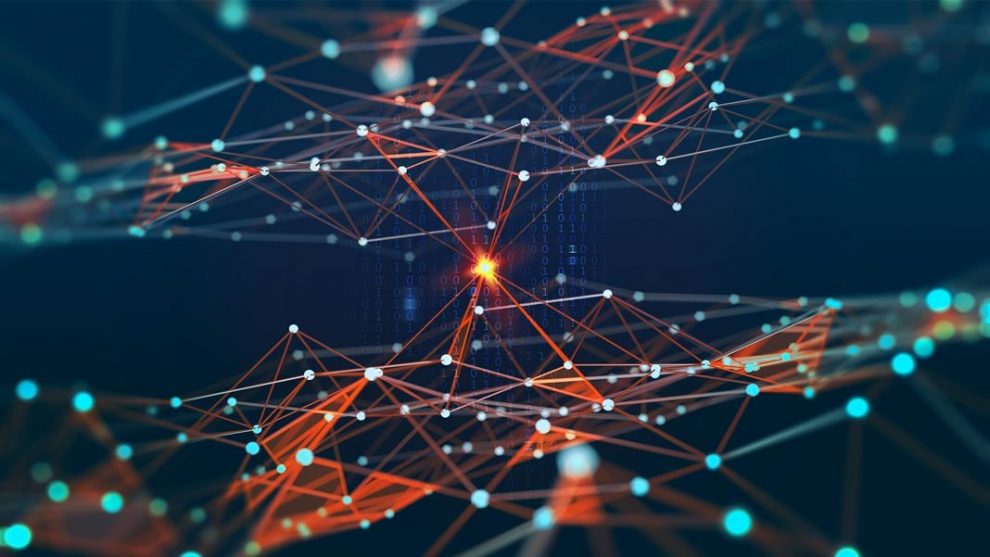End-To-End optimization of wireless networks is happening due to the development and innovation of machine learning and deep learning found in artificial intelligence. The new opportunities artificial intelligence has given to technology are promising especially when it comes to wireless communication. But, processing speed has become a limiting factor.
The processing speed in wireless connection has become a limiting factor for the past few years due to weakened link reliability and unstable connection. However, with the implementation of artificial intelligence in a wireless connection, the limiting factor of processing speed will no longer be a problem for widespread proliferation.
A lot of new trends can happen with the collision of wireless communication and artificial intelligence. Developers, businesses, and consumers should prepare themselves for the innovation of machine learning technology since the push of AI-based solutions for wireless communication is increasing. Thus, here is how AI revolutionize wireless communication.
5G
5G is the fifth generation of mobile communication that provides users a much higher data rate in a series of various gigabits per second, compared to the 4G network we have today. The benefits of ultra-low latency of one-millisecond delay that 5G network provides to the are becoming a facilitator and accelerator of high-capacity urban wireless applications.
Further, 5G can also provide more efficient signaling for wireless communication as well as more spectrum bands to optimize costs and maximize usage. Given that almost everyone in the world is using smartphones, the number of devices connecting with each other can also increase to provide consumers the comfort of communicating with each other.
The improved performance 5G provides to the users will have more reliable connectivity that could result in more enhanced communication devices. Industries can benefit a lot from the 5G network in devices because there will be reduced errors when trying to communicate with another person, especially during emergencies.
Telecom Experts
Although the proliferation of a 5G network in new communication devices can make it challenging for telecom networks to manually manage. Telecom experts will not have to have to worry about delivering new radio propagation models to configure and design the policies capable of handling the new network.
Although the topologies provided by 5G can grow more complex with new antennas and small cells, the integration of machine learning can significantly assist the telecom experts. The use of artificial intelligence automating the complex, distributed, and decentralized system of the 5G network can assist the fulfillment of extreme latency requirements.
Better IoT Connectivity
The radiofrequency or RF of the wireless technology at the core of the Internet of Things enables devices to communicate without the need for physical connectivity. Although RF technology in the Internet of Things isn’t new, the integration of artificial intelligence with the growth of the features found in cellular devices and other technologies is advancing.
The enhancement of miniature wireless devices such as radio modules and sensors are now capable of collecting and sending data in a vast range of environments. The delivering of data from manufacturing facilities, smart cities, and other industries.
Connected Automobiles
Connected Automobile is an umbrella term for the use of the Internet of Things and broadband communications such as LTE, WiFi, Bluetooth, and even 5G technology in cars. The unique features of smartphones and other advanced technologies used in connected vehicle technology.
With the help of the Internet of Things, connected vehicle technology is evolving to make use of Vehicle-to-Vehicle, Vehicle-to-Device, Vehicle-to-Infrastructure, and Vehicle-to-Pedestrian communications and signaling. The use of artificial intelligence with wireless communication found in connected vehicle technology can significantly improve public and personal safety.
For instance, advanced vehicle-to-infrastructure communications and signaling allow cars to interact with the buildings, billboards, parking lots, traffic signals, and humans around the vehicle. The purpose of this is for the vehicle to collect data from the surrounding infrastructure to control the automobile.
Wearable Technology
Wearable technology is rapidly becoming a medium for industrial solutions, infotainment services, communication, health solutions, and more. The user-friendly features of wearable technology such as smartwatches are a convenient tool for consumers due to the Internet of Things that allow for communications, control, and signaling availability.
The features of the smartwatches we see today in the fitness industry show how much artificial intelligence is changing wireless communication. For instance, built-in GPS that you could bring anywhere without the need to bring your smartphone can be extremely convenient especially when you’re running, hiking, or swimming.
Takeaway
The advancements of wireless communication with the help of artificial intelligence are already evident as to how industries are significantly changing for the better. Sooner or later, voice, motion, and gesture will also be integrated to improve the way people communicate with each other wirelessly.
5G and the Internet of Things are only a few of the contributing factors as to how connectivity is strengthening. People are incorporating more and more technology in their lives to improve safeguarding assets and operational effectiveness as a smart solution for workplaces. The improvement of wireless communication due to AI is only the beginning.








Add Comment